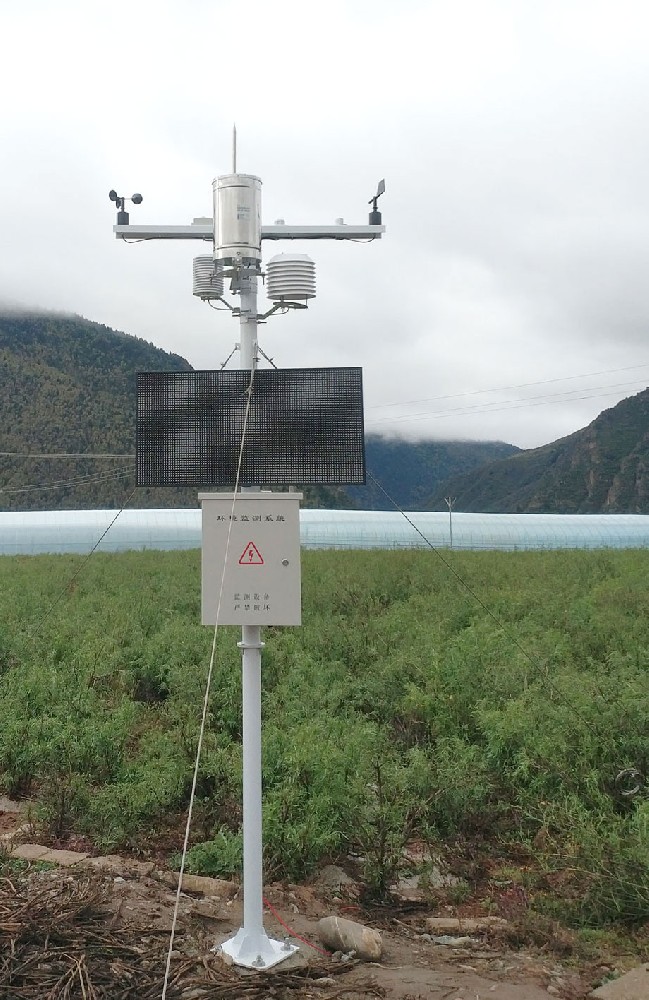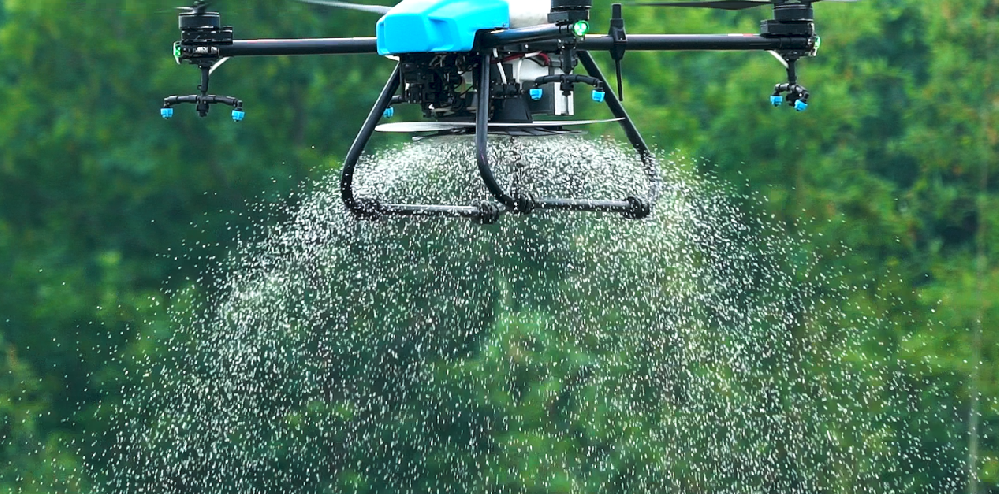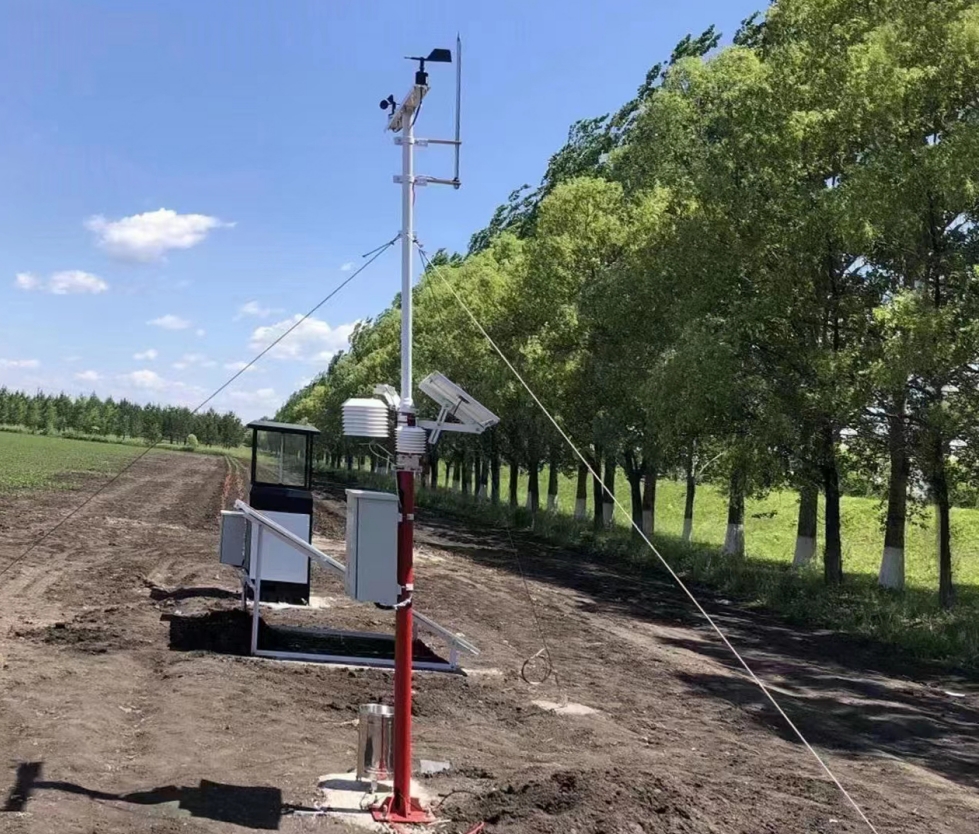

— Blogs —
—Products—
 Consumer hotline +8618073152920
Consumer hotline +8618073152920 WhatsApp:+8615367865107
Address:Room 102, District D, Houhu Industrial Park, Yuelu District, Changsha City, Hunan Province, China
Product knowledge
Time:2025-10-25 10:26:54 Popularity:330
The continuous growth of the global population and the pressures from climate change have made food security a core issue for governments worldwide. According to the United Nations Food and Agriculture Organization (FAO) report, the global population is projected to exceed 10 billion by 2050, increasing food demand by approximately 60%. In this context, traditional agricultural management methods struggle to meet the needs for efficient and sustainable production, while the widespread adoption of IoT agriculture sensors provides data support and scientific basis for food security policies.

IoT agriculture sensors can collect real-time data on soil moisture, temperature, nutrient content, and meteorological information, offering policymakers precise insights into regional food production, crop health, and resource utilization. This data not only helps farmers optimize production but also provides governments with the foundation for formulating subsidy policies, emergency plans, and sustainable management strategies.

Soil moisture sensors monitor soil humidity in real-time, guiding precision irrigation and optimizing water resource use. Policymakers can leverage sensor data for regional water resource management and irrigation subsidy allocation, while supporting food security planning in drought-prone areas.
Weather sensors collect data on temperature, humidity, rainfall, wind speed, and more, providing scientific basis for extreme weather warnings and food security risk management. Governments can use aggregated data to adjust disaster response plans, grain reserve strategies, and emergency allocation mechanisms.
By monitoring soil pH, conductivity, and nutrient content, agricultural sensors help farmers optimize fertilization plans and reduce environmental pressure. At the policy level, these data can inform the formulation of soil protection standards and fertilizer usage regulations, enhancing regional agricultural sustainability.
Integrating sensor data with AI enables crop growth forecasting, pest and disease warnings, and yield simulations. Policymakers can optimize food security plans, subsidy policies, and regional resource allocation based on AI analysis results, achieving data-driven scientific decision-making.
Drones equipped with multispectral sensors can quickly acquire crop conditions over large areas of farmland. Combined with Geographic Information Systems (GIS) analysis, they provide spatial data support for food security policies.
Blockchain technology ensures the traceability and tamper-proof nature of sensor data, providing a credible foundation for policy formulation. It also supports the construction of traceable agricultural product systems, ensuring transparency and safety in the food supply chain.

- United Nations Food and Agriculture Organization (FAO): Encourages the application of digital agriculture technologies, supports data-driven food security policies, and proposes global digital agriculture strategic guidelines.
- EU Common Agricultural Policy (CAP): Provides funding to support IoT sensor deployment, promoting precision agriculture and environmental protection goals.
- China's Digital Rural Strategy: Encourages the application of smart sensors and smart irrigation systems in agricultural production to enhance food security levels.
- U.S. Climate-Smart Agriculture Initiative: Combines IoT data with climate models to optimize water resource management and crop yield predictions in drought areas.
Through a closed loop of policy promotion and technological application, IoT agriculture sensor data can directly influence food security strategies—from resource allocation and subsidy policies to emergency plans and sustainable development planning—achieving scientific and digital management.
The advantage of IoT agriculture sensors lies not only in data collection but also in data analysis and visualization. Government agencies can:
- Monitor regional crop growth conditions through data platforms to achieve food yield forecasting.
- Optimize water resource allocation and irrigation policies based on soil and meteorological data.
- Assess pest and disease risks using AI models to adjust pesticide management policies.
- Utilize blockchain to ensure data credibility, providing basis for food supply chain supervision.
- Combine sensor data with socio-economic indicators to formulate farmer subsidies and risk-sharing policies.
These data-driven policy practices can significantly improve food production efficiency, reduce resource waste, lower environmental pressure, and form a sustainable agricultural ecosystem.
A: Small farms can achieve basic intelligent management through low-cost wireless sensors or modular kits, while benefiting from government subsidies and technical support.
A: Governments can aggregate regional sensor data to analyze crop yields, risks, and water resource utilization, providing scientific basis for subsidy policies and emergency management.
A: Most modern sensors support API interfaces, enabling seamless integration with irrigation systems, fertilization systems, and agricultural management platforms.
A: Adopt encrypted communication, certificate authentication, cloud permission controls, and blockchain data traceability to ensure agricultural data security and compliance.
A: They will evolve from simple monitoring to intelligent prediction and policy assistance tools, achieving synergy among food production, environmental protection, and policy decision-making.

NiuBoL specializes in agricultural IoT solutions, providing end-to-end IoT sensor deployment and data analysis services. Our products cover soil moisture, weather, and nutrient monitoring sensors, compatible with mainstream agricultural management platforms, suitable for small and medium-sized farms as well as large agricultural enterprises.
Take Action Now: Visit the NiuBoL official website and click "Schedule Consultation" to obtain customized solutions. Let data drive your farm, assist policy decision-making, and achieve food security and sustainable growth.
IoT agriculture sensors are becoming the core technological pillar for global food security policy formulation. Through the collection of soil, moisture, nutrient, and meteorological data, combined with AI, drones, and blockchain technologies, policymakers can scientifically plan resources, optimize subsidies, and manage risks, achieving synergy among food production, environmental protection, and policy decision-making. IoT agriculture sensors not only enhance production efficiency but also provide reliable support for sustainable agriculture and food security, becoming key tools for future policy formulation and agricultural management.
Related recommendations
Sensors & Weather Stations Catalog
Agriculture Sensors and Weather Stations Catalog-NiuBoL.pdf
Weather Stations Catalog-NiuBoL.pdf
Related products
 Combined air temperature and relative humidity sensor
Combined air temperature and relative humidity sensor Soil Moisture Temperature sensor for irrigation
Soil Moisture Temperature sensor for irrigation Soil pH sensor RS485 soil Testing instrument soil ph meter for agriculture
Soil pH sensor RS485 soil Testing instrument soil ph meter for agriculture Wind Speed sensor Output Modbus/RS485/Analog/0-5V/4-20mA
Wind Speed sensor Output Modbus/RS485/Analog/0-5V/4-20mA Tipping bucket rain gauge for weather monitoring auto rainfall sensor RS485/Outdoor/stainless steel
Tipping bucket rain gauge for weather monitoring auto rainfall sensor RS485/Outdoor/stainless steel Pyranometer Solar Radiation Sensor 4-20mA/RS485
Pyranometer Solar Radiation Sensor 4-20mA/RS485
Screenshot, WhatsApp to identify the QR code
WhatsApp number:+8615367865107
(Click on WhatsApp to copy and add friends)
